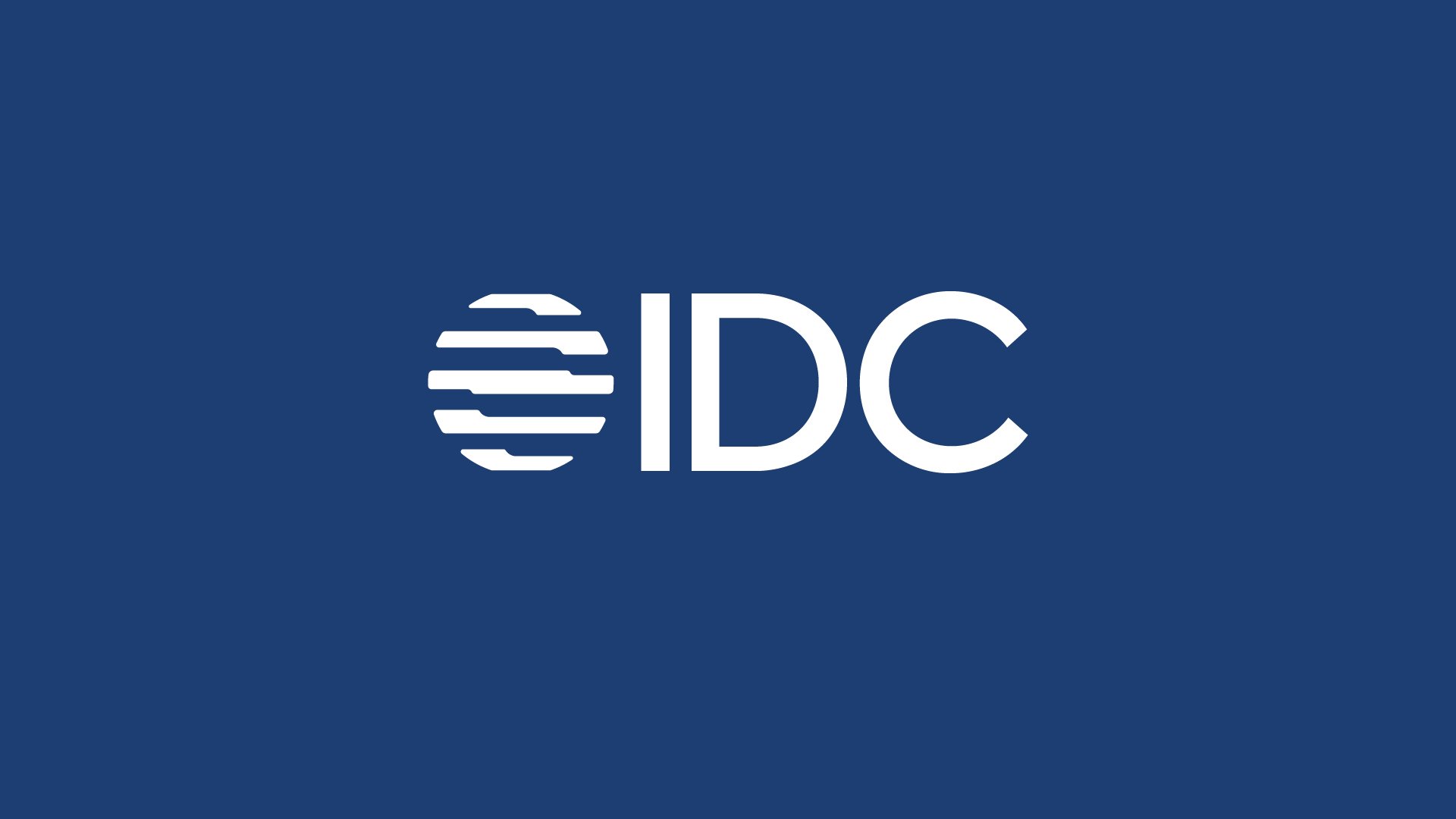There are many elements to consider when creating a voice assistant—voice personas, processing power, connectivity options, and cost. For some brands, access to data and analytics is often not at the top of the list or front of mind, but it should be. Full access to data is a crucial element that affects everything from improving your voice assistant and controlling privacy to long-term costs and competitive advantages. Without access to user data, you could be completely in the dark about how your users are responding to your voice assistant, product, or service—good or bad.
Many big tech voice AI providers (such as Google and Alexa) entice brands with lower costs and faster implementations. The costs of implementation include subordinating your brand to theirs and relinquishing visibility into valuable customer data and analytics. Insights that can be used by either party to create and improve a product offering or understand customer desires and pain points.
When mapping out a voice AI strategy to voice-enable devices or mobile apps, it’s vital to know who has visibility into your customer data, how much access you’ll have over time, and who will be determining your voice assistant experience in the long-term. In addition to improving your voice experience, data transparency provides critical insights that may cause unintended consequences if shared with another entity.
Ready to learn more? Let’s examine the following questions around data:
- Why is access to data and analytics so important?
- How do you get full access to your voice assistant’s data?
- What data from your voice assistant should be analyzed?
- How do you gather data transparently and ethically?
Why data and analytics a crucial piece of a conversational AI strategy
Independent voice AI platforms provide access to a level of data and analytics that would otherwise be closed when partnering with a big tech voice AI provider. Voice assistants are never a one-and-done project. Voice experiences can be continuously improved and product insights gleaned when brands have visibility into what successes users are having with the voice user interface, where they hit friction, and what they expect from the voice assistant and the product.
Without access to data and analytics, a company may not know that the accuracy level decreases with certain accents, which questions users are asking that aren’t being answered accurately, where customers are experiencing frustration with the voice assistant, or even that users are expecting more humor in their interactions. This information is essential to staying competitive in the market and growing a voice experience that reflects your brand and customer desires.
With access to data also comes the ability to control how that data is being used and who is seeing it. If another company owns the data, they may not be transparent about what data is collected, if they are selling users’ information, or if they are using it for their own marketing purposes. With data transparency and control over how it is used, brands can build better relationships with users, form trust, and create personalized experiences by being clear about what happens after users opt-in.







